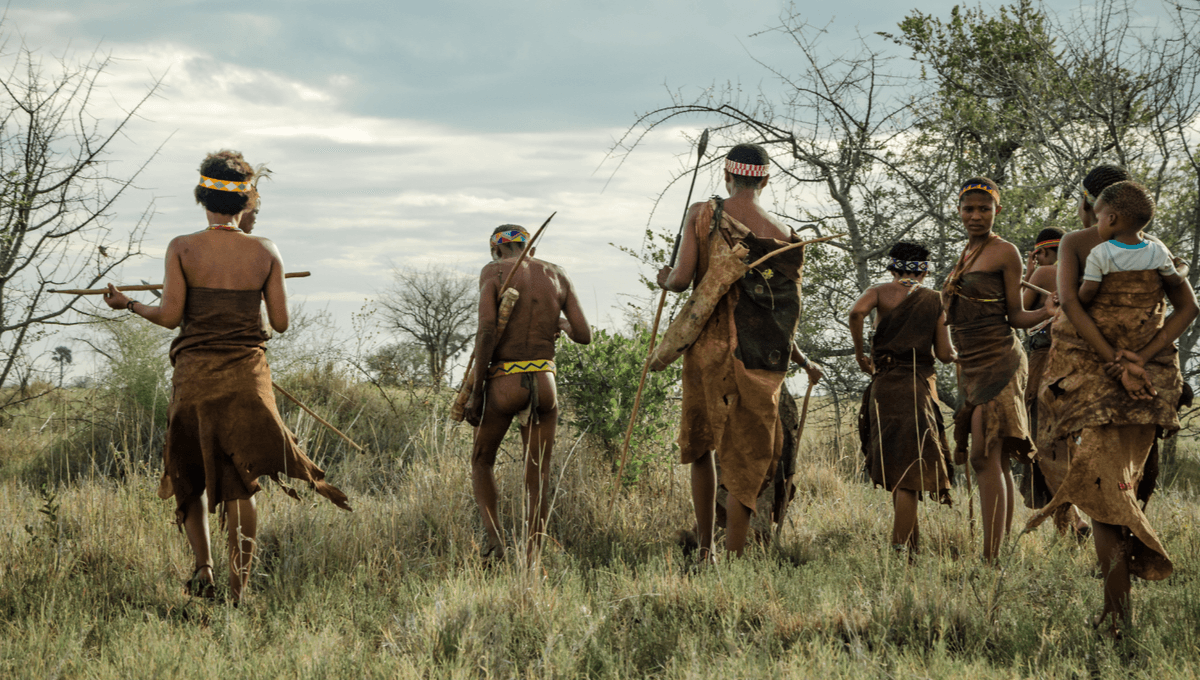
Recent years have seen some studies challenge the assumed gender roles of hunter-gatherer societies, arguing that women are often integral to hunting and aren’t solely berry-picking gatherers. However, a new study was weighed into the debate and suggested that some of this research may have overblown their claims.
Last year, an influential study looked at data on 63 modern-day foraging societies from around the world, including Indigenous peoples from North and South America, Africa, Australia, Asia, and Oceania.
They concluded that women actively hunt in 79 percent of these societies. Furthermore, in societies where hunting was considered the most important subsistence approach, women actively participated 100 percent of the time.
In the latest study, a group of researchers strike back against the 2023 study, arguing their conclusions were based on methodological flaws and selection bias.
They attempted to replicate the 2023 study, but came to a totally different conclusion: women hunters were very much the exception rather than the rule.
The researchers contend that the previous study drew upon an ethnographic database where “explicit” information about hunting was available, which created a selection bias and a misleading conclusion. They also identified “numerous coding errors”, which they say undermined the paper’s conclusions
“As a diverse group of hunter-gatherer experts, we find that claims that foraging societies lack or have weak gendered divisions of labor are contradicted by empirical evidence,” the study authors write.
“Gendered divisions of labor are a feature of every known contemporary hunter-gatherer (forager) society. While gender roles are certainly flexible, and prominent and well-studied cases of female hunting do exist, it is more often men who hunt,” they added.
Nevertheless, the researchers maintain that it is important to dispel the outdated notion that women in hunter-gatherer societies never hunt, arguing that men’s dominance in hunting has likely been overstated in the past.
Over the past few years, several studies have suggested that women hunted in many prehistoric hunter-gatherer cultures. Most prominently, a 2020 study into a 9,000-year-old burial site in the Andean highlands of Peru suggested that a “nontrivial” number of females were proud hunters of big-game. Women were frequently buried with a big-game hunting toolkit that included stone projectile points, such as sharpened weapons and tide-scraping tools, indicating that big-game hunting was an integral part of their lives.
Whether this was the norm, however, is up for debate.
This latest study believes that it is vital to constantly reassess the world to see how bygone ideas may have shaped our previous conclusions. Likewise, though, we should be wary that today’s mindsets will likely cloud our perceptions too.
“We caution against ethnographic revisionism that projects Westernized conceptions of labor and its value onto foraging societies,” the study authors write.
The new study is published in the journal Evolution and Human Behavior.
Source Link: Recent Research Overstated How Much Women Hunt In Foraging Societies, Study Argues